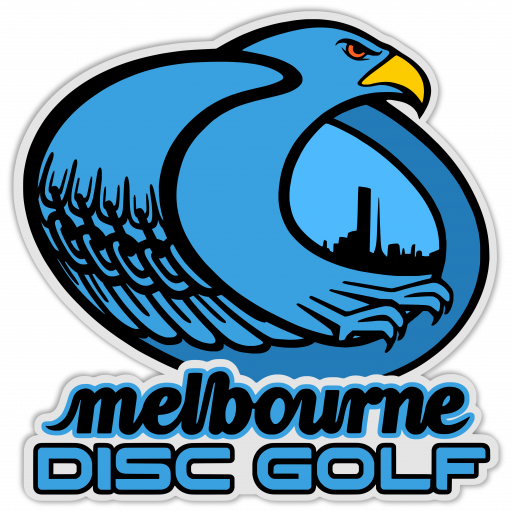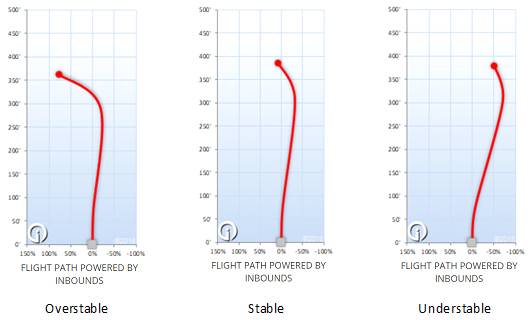Are you new to disc golf? We asked the Melbourne disc golf community to share their top tips for beginners. Here are just a few of them.
Have Fun!
Whether played socially or competitively, disc golf should be fun. You are outdoors, you may be with friends. Enjoy the game and enjoy the challenge.
Choose discs suitable for you and master those discs before buying more
That sounds like a simple tip but how do you know what discs are right for you? You may have heard disc golfers talk about ‘understable’ or ‘overstable’ discs, disc speeds, fade, turn and glide. Established disc golfers may also have a favourite disc manufacturer or plastic blend. The advice you receive may be very confusing and overwhelming.
Most disc golfers will begin with just one or a few discs and gradually build their bag as their skills progress. Many will suggest starting with just a putter or mid-range disc while you learn to throw. Alternatively many manufacturers have budget-priced beginners’ packs that normally contain three discs, a driver, mid-range and putter. We currently have Innova starter packs in our club store which are great for beginners. Check out this video by pro disc golfer, Nate Sexton as he explains how to get started with these discs.
The driver is designed to fly fast and far. It has a sharper profile, is more aerodynamic and is the disc you will most likely choose when making your first shot off the tee.
The mid-range disc is the disc we most commonly shoot to ‘lay up’ or set up for our final putt. These discs can still be thrown far but may have more control than a driver.
The putter, as the name suggests is the disc most commonly used when making those final putts. They have very rounded edges and are designed for precision rather than speed.
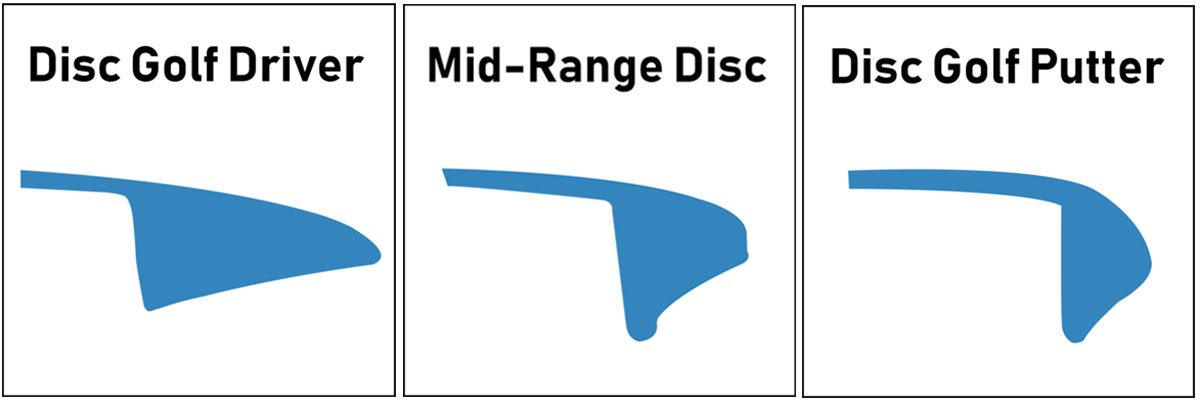
Of course, you may choose to throw any type of disc at any time. Choice may be determined by distance and also environmental factors such as wind or elevation.
Whilst it may be tempting to go out and buy the discs your favourite pro has in their bag, keep in mind, the disc that a pro throws will most likely not be suitable for a beginner.
Some disc manufacturers add flight ratings to their discs which can assist when choosing a suitable disc. These ratings are broken into four main categories: Speed, Glide, Turn, and Fade.
It is important to note that each disc company rates their discs somewhat differently, so use them as a guide only. Flight Ratings are based on right hand backhand (RHBH) throws and provide an indication of how the disc should fly if thrown at the intended speed and released flat. Beginners may find it difficult to get that disc flying as it should. It takes practice.
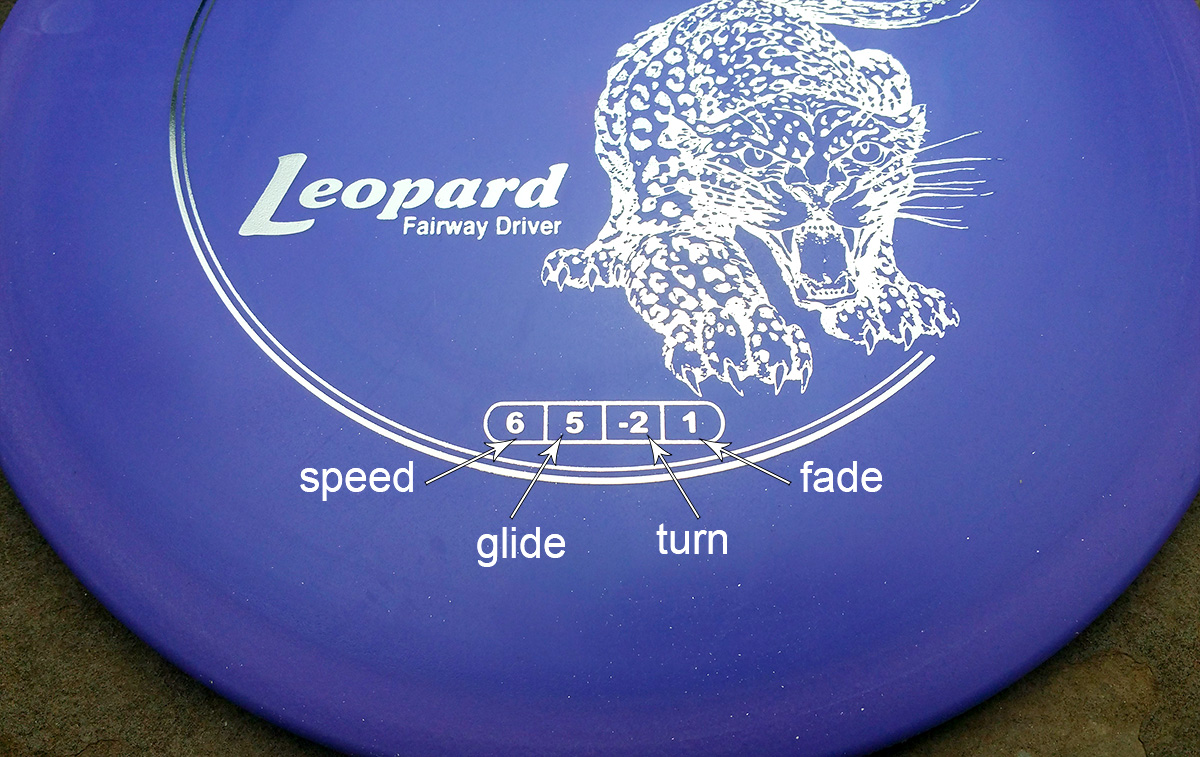
The image above displays the flight rating for a popular beginners fairway driver. Speed=6, glide=5, turn=-2 and fade=1
Speed = The rate at which a disc can travel through the air.
Glide = The ability of a disc to maintain loft during flight.
Turn = The tendency of a disc to turn over or bank to the right (for RHBH throws) during the initial part of the flight when the disc is flying at high speed.
Fade = The tendency of a disc to hook left (for RHBH throws) at the end of the flight when it slows down.
Many beginners are tempted to purchase discs with a high speed ratings because they have heard they fly farther and they have seen the pros throw them. Yes, they will fly farther but only if you have the skill and the arm speed to throw the disc at the intended speed. It takes time to develop the technique and skills required for high speed discs.
The weight of the disc is also important to factor into your decision. Lighter discs (below 170 grams) are generally recommended for beginners. For younger children, discs below 150 grams may be suggested.
A run-up is not always necessary
You have probably watched numerous YouTube videos which show players taking a run up before executing a perfect X-step, landing on their front heel while they are reaching back, pulling the disc through at chest level then releasing their disc with a snap and a perfect follow through. These actions may come naturally to some but not to all. It is perfectly fine to throw from a stand still position or to slowly walk into your throw. In fact, a stand still throw will allow beginners to concentrate more on form. A run up can always be added later when you feel comfortable with all other aspects of your throw.
Keep a grip and use your hips
This mantra may help beginners to remember to grip discs firmly (but not too tight) and to rotate your hips while throwing rather then simply relying on the movement of your arm. If you hold your disc too loosely it may slip out of your hand and release too early. Hold it too tight and you may be the victim of grip-lock where you release your disc too late and it flies off in the wrong direction. A firm, comfortable grip will give you more control over the flight of your disc.
And don’t forget to rotate your hips when you throw. This will add power and velocity to your throws.
Connect with other disc golfers
For the most part, disc golfers are friendly and keen to share their passion with others. As a beginner it may seem a little daunting playing a round with more established golfers but it is a great way to improve and of course, to make new friends. Most disc golfers will happily share tips to help you with your game so don’t be afraid to ask questions.
At Melbourne Disc Golf Club we host monthly league days which are a great opportunity for beginners and experienced disc golfers alike to meet and to play. We offer come and try sessions on these days before each round and there are always experienced golfers happy to teach the basics. These are handicap days. The score you receive during your first league will set the benchmark for you to improve on. Players of all ages and abilities are welcome. For more information about upcoming events, connect with us on Facebook or keep an eye on our events page.
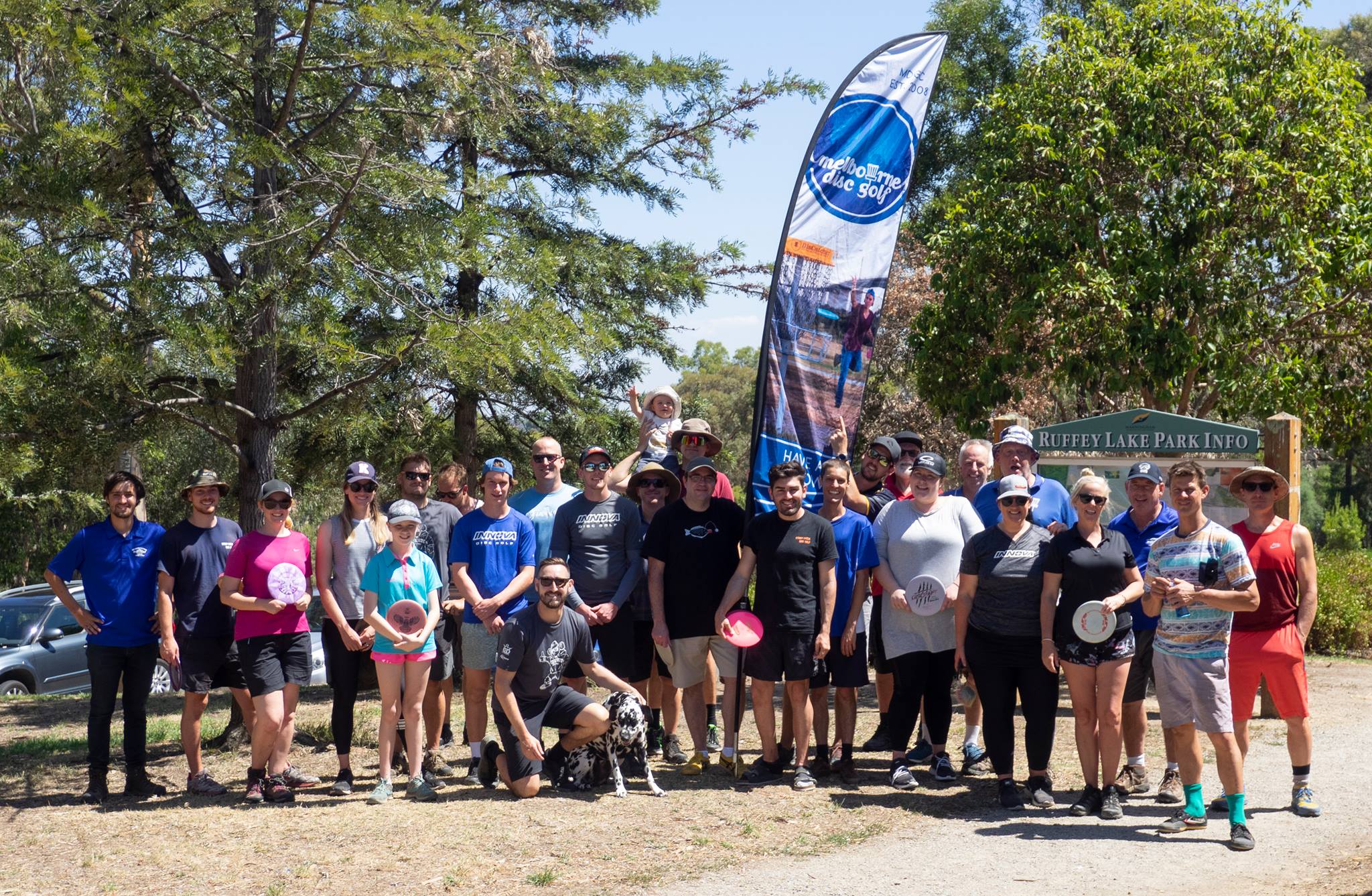
Don’t expect too much too soon
Whilst we would all love to be able to throw as far as Paul McBeth or Paige Pierce and putt with ease like Ricky Wysocki, keep in mind that those advanced players have spent many years honing their skills and developing the technique and muscle memory required for those shots.
New players should focus more on form and control of the disc rather than distance. Distance will come with practice and as your body builds muscle memory. Throwing a disc golf disc is not a natural movement so take time and try to relax. Take a look at some of the top disc golfers and you will notice that their long tee shots often appear effortless.
You don’t really need strength to throw the disc well but the correct timing of all the actions from planting your foot and having your hips turned while your arm is reached back to starting the rotation from your hip followed by your upper body to finally your shoulders and then letting your arm being pulling forward rather than muscling the disc forward. Once all of these movements line up it becomes effortless.
Obviously, the more you practice, the sooner you will reach your disc golf goals. It helps to set small goals and simply try to improve on your own personal results each time you play.
Be kind to yourself
Like any other sport, it takes time to master the skills that make a great disc golfer. You can expect to have ‘bad’ throws or even off days when nothing seems to gel, especially when you are just starting out and learning how best to throw your discs. Keep in mind that the most important shot is your next one. Try to put those ‘bad’ shots behind you and focus on your next. Sometimes our greatest challenges are those in our own mind.
Learn the rules
Nobody will expect you to know all of the rules when you first start to play however if you do plan to play with others and progress to tournaments then take time to learn the rules. Not only will an understanding of the rules help you to play confidently and with dignity, it will improve the playing experience for your card mates. If you become a member of the PDGA you will receive a rule book which can be carried in your disc golf bag. You may also find the official rules of disc golf published on the PDGA website. If you are unsure of a rule then don’t be afraid to ask others in your group.
Come well prepared
A round of disc golf may last a few hours so make sure you come prepared. Hat, sunscreen and plenty of water for hot days. Warm clothing and hand warmers on cold days. Comfy, waterproof shoes can also make a huge difference to your comfort levels. Most players will also carry a towel to dry their discs and a snack to keep them nourished. They may seem like little things but they all add up to make the day more enjoyable.
Listen to your body and warm up before play
Disc golf injuries do happen so take the time to warm up before play. Active stretching and activation of muscles + mobilisation of joints is recommended. You want to mimic what your body is about to do. Static (still) stretches won’t prepare your body for big dynamic movements. Areas to focus on would be hips/glutes, Lumbar/Thoracic spine, shoulder/rotator cuff or any specific areas of injury relevant to someone personally.
Some players may need to adapt throwing styles if they experience pain.
Write your name and contact details on your discs
We never plan to lose our discs but it does happen. If you have your contact details clearly written on your discs then hopefully, that disc may make it’s way back to you if lost. It is not uncommon to hear of discs being returned to players who have lost them whilst playing overseas.
Add flight details to your discs
Whilst some disc manufacturers print flight numbers on their discs, not all do. It may help to record these details on your discs to help you understand how a disc should fly when thrown as it is designed to be thrown or even how it flies for you personally. It also helps when your mate says something like, “there is a pretty strong headwind. I’d suggest an overstable disc for this shot”. No need to panic, you know which is your overstable disc because you have your sneaky cheat sheet written on the back. 😉
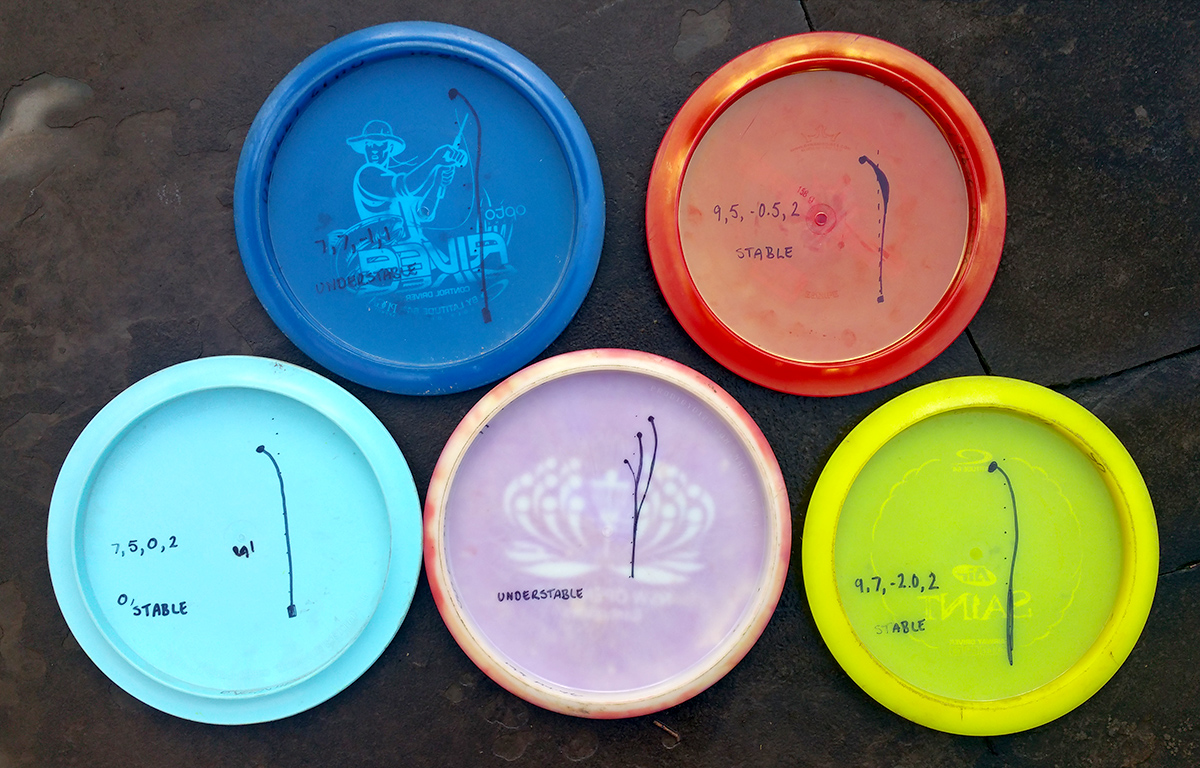
Photograph your discs
No, it’s not for bragging rights although some may do so, especially if you have a custom dye or a very pretty plastic blend. Should you lose a disc, you could post a photo of that disc on your local disc golf chat group or lost and found page. This may assist other disc golfers to recognise your disc of it is found. Of course, recording your contact details on the back is also recommended. Speaking of lost and found pages….did you know that we now have a Facebook group for lost and found discs in Victoria.
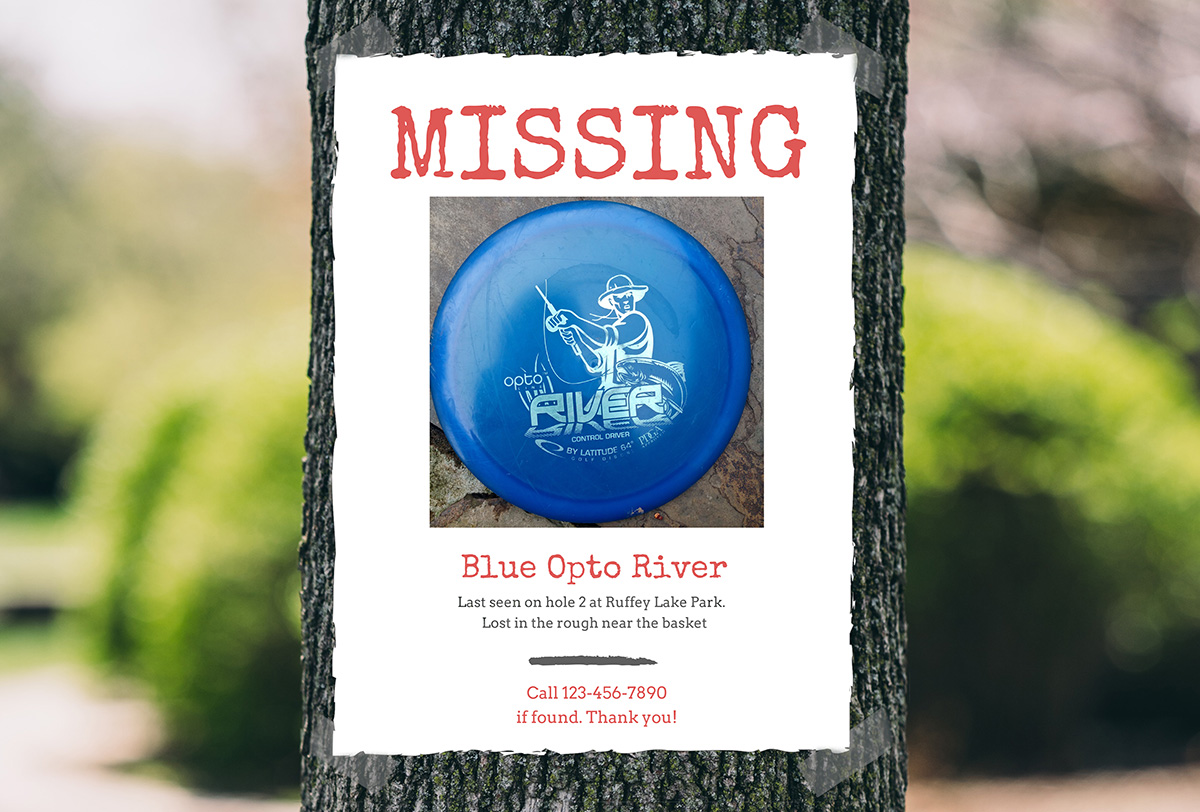
Remember the disc golf code
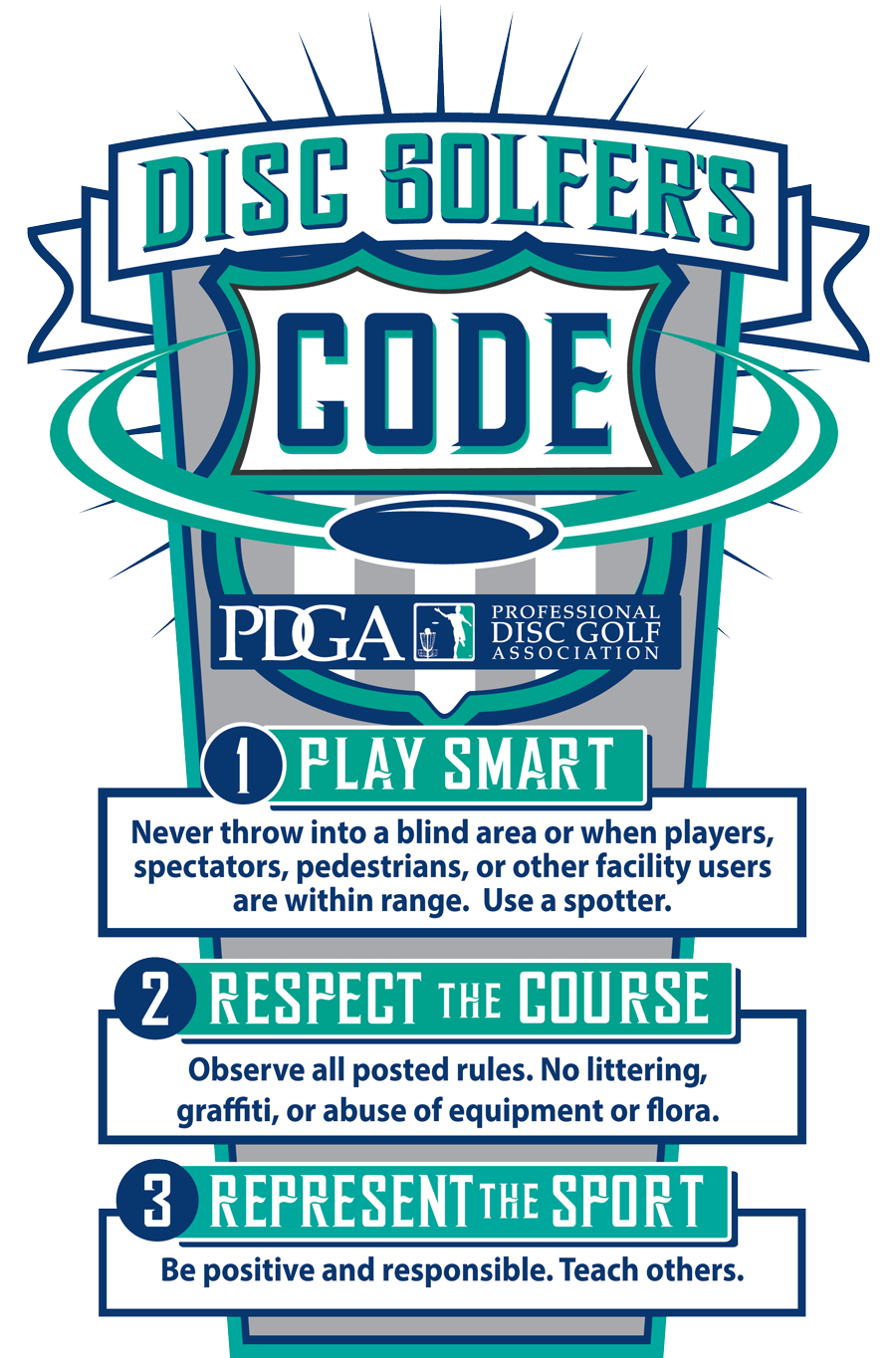
Above all, remember our first rule. Have Fun! Disc golf is a great sport for players of all ages and abilities. Once you learn the basic skills your confidence will grow and you will look forward to getting out on the course and challenging yourself.
Do you have any other tips for beginners?
